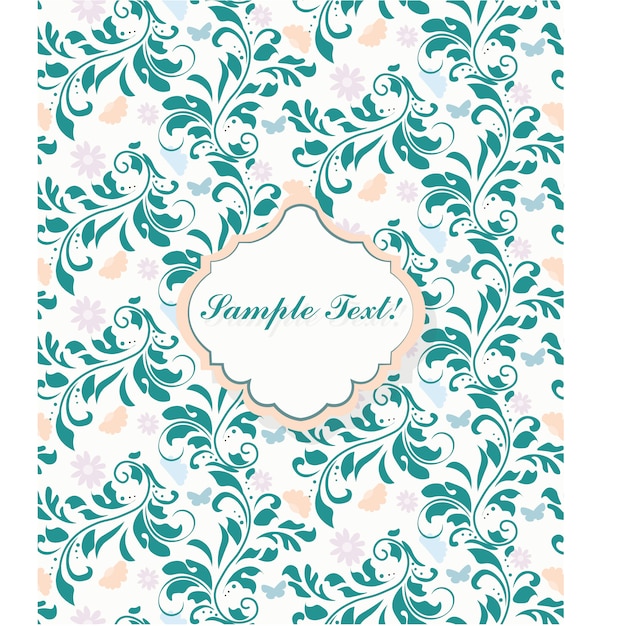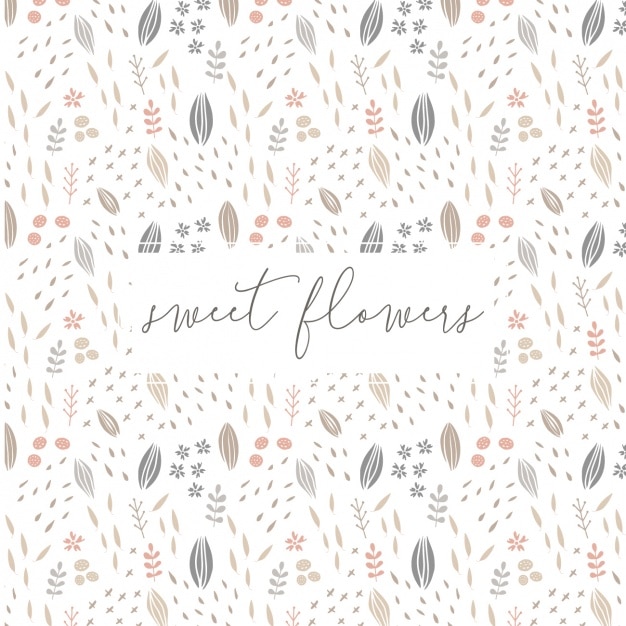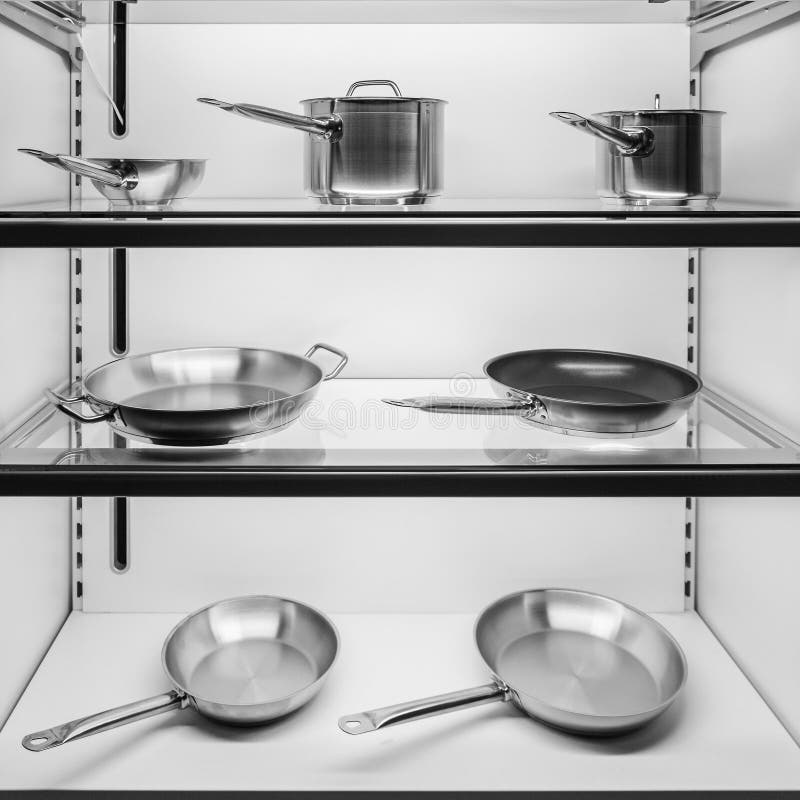Table Of Content

Mesopotamian cultures adorned their textiles and ceramics with floral motifs, celebrating the beauty of the natural world. As trade routes expanded, floral designs became a cross-cultural language, transcending geographical boundaries. Beyond their psychological impact, floral patterns contribute to the overall aesthetic appeal of a space or garment. The visual richness and diversity of floral designs create a visually stimulating environment. Moreover, the repetitive and symmetrical nature of floral patterns can contribute to a sense of order and balance, enhancing the overall aesthetic experience and promoting a feeling of comfort and harmony.
Key moments in the history of floral design
From ancient textile traditions to contemporary innovations, the evolution of floral patterns in textile design is a journey that weaves together craftsmanship, cultural influences, and artistic inspiration. As far back as ancient civilizations, floral patterns adorned garments and accessories as symbols of prestige, religious significance, and cultural identity. In ancient Egypt, floral motifs graced garments with depictions of lotus flowers, symbolizing rebirth and regeneration. The artistry of ancient Greek and Roman textiles also featured botanical elements, showcasing an early appreciation for the beauty of nature in fashion. In the mid-20th century, floral patterns took on a bold and playful character. The Mid-Century Modern movement embraced vibrant colors, oversized blooms, and graphic simplicity.
Match floral prints on multiple items in the same room
Top Five Floral Illustrators To Follow On Instagram - PRINT Magazine
Top Five Floral Illustrators To Follow On Instagram.
Posted: Fri, 26 Mar 2021 07:00:00 GMT [source]
In the contemporary era, there is a growing awareness of the environmental impact of the fashion industry. Designers are exploring sustainable practices, and this extends to the use of floral patterns. Sustainable fashion brands are incorporating eco-friendly materials and ethical production methods into their floral designs, fostering a harmonious relationship between fashion and nature.
Floral Pattern Designs for Clothes
Designers like Christian Dior and Emilio Pucci incorporated floral motifs into their iconic creations, contributing to the visual vocabulary of the time. The mid-20th century witnessed a departure from the organic forms of Art Nouveau to the clean lines and geometric shapes of Mid-Century Modern design. Floral patterns during this period often featured bold, oversized blooms set against backgrounds of solid color or simple geometric shapes. Designers like Charles and Ray Eames incorporated floral elements into furniture and textile design, contributing to the distinctive aesthetic of the era.

The evolution of floral patterns in textile design is a testament to the enduring allure of nature’s beauty and the adaptability of artistic expression. From ancient symbolism to contemporary innovation, floral patterns have graced textiles with elegance, meaning, and cultural significance. The Renaissance period witnessed a resurgence of interest in nature, and floral designs experienced a renaissance of their own. Artists like Leonardo da Vinci and Botticelli incorporated floral motifs into their masterpieces, while textile designers embraced the beauty of blooming flowers. In the world of fashion, garments adorned with intricate floral patterns became a symbol of opulence and refinement, reflecting the era’s fascination with art, science, and the natural world. The cultural significance of floral patterns extends beyond their visual appeal.
Free Download: Photo Shoot Setup Checklist for Food Photography
Botanical prints have found their place not only in traditional art spaces but also in digital media, fashion, and interior design. The Renaissance era witnessed a revival of interest in classical art and nature, leading to a proliferation of floral designs in fashion. Intricate patterns inspired by gardens and botanical illustrations became fashionable, reflecting the era’s fascination with beauty, balance, and the divine. Clothing adorned with lush floral embroidery and rich tapestries became a symbol of wealth and sophistication. In conclusion, the rich history of floral design is a testament to the enduring appeal and cultural significance of floral motifs.
stylish ways to use floral patterns in your interiors
From delicate embroidery on Victorian gowns to bold, oversized prints on modern dresses, floral patterns continue to dominate the runway, embodying a sense of romance, grace, and vitality. Floral patterns, with their vibrant hues and intricate designs, have held a profound cultural significance throughout history. From the canvas of fine art to the runways of high fashion, the language of flowers has transcended mere aesthetics, weaving a rich tapestry of symbolism, tradition, and artistic expression. The Art Deco movement of the early 20th century brought a shift in aesthetic, with a departure from organic forms to geometric simplicity. Floral patterns during this period often featured stylized and abstracted botanical motifs, blending the beauty of nature with the precision of geometric design.
How to achieve your own style
The attention to detail and vibrant colors in these prints continue to inspire contemporary botanical artists. The history of botanical prints is closely intertwined with the scientific exploration of plant life. During the Age of Exploration, as new plants were discovered and cataloged, botanical illustrations became invaluable tools for documenting and sharing this newfound knowledge. Illustrators collaborated with botanists to create visually stunning and scientifically accurate depictions of plants, contributing to both the realms of art and science.
Oversized blooms make a bold statement, turning a wall or furniture piece into a focal point. On the other hand, smaller, dainty florals exude subtlety, adding a touch of elegance and charm without overwhelming the senses. Homeowners can choose the scale of floral patterns based on their design preferences and the desired atmosphere for each room. Beyond their impact on mood and emotions, floral patterns in design serve as a means of self-expression.
Wendy’s interests are very much in the arts – writing, design, cookery, and floral art. That is because we all want to achieve something that has a personal feeling and will choose the form based on emotions. The many different types of line forms are not only straight or curved. A line can zigzag, move horizontally, vertically, or diagonally, create the idea of being graceful, delicate, or bold and dramatic. It also expresses movement and gives design energy as your eye moves along the line forms. So, too, do tall flowers like gladioli, larkspurs, and delphiniums, or foliage like flax, reeds, and ivy.
Set at a private estate in Rolling Hills, seasonal blooms in deep reds, purples and burgundies set the mood with accents of taupe, peach and cream for an overall upscale and romantic feel. The flowers were lush, garden-style arrangements in black ceramic containers accented with plenty of candle light surrounding. The long rectangular tables, featured 3-5 larger pieces and various bud vases of different heights that held single blooms. Gorgeous “Red Charm” peonies stole the show, although the garden roses, dahlias and black ranunculus were close contenders…picture perfect and absolutely stunning. Here are over 30 nice free and premium floral patterns for your investigation. We have each pattern set selected by hand and only the most attractive patterns and worth to add to your collection.

A beautiful poppy design like this one is well suited for memorial service invitations, signage, or a website about a lost service member. Grab a coat and put another log on the fire, this one transports me into the middle of winter in the best way possible! You just can’t beat the color combination of red and icy blue for winter.
Wake up in a garden every morning by layering your bed with floral sheets, comforters, and duvet covers. Contemporary floral bedding like this reversible modern comforter at Wayfair will add dimension to the bedroom while incorporating cute floral prints. "You need a cocoon to retreat into that makes you feel safe." Find the floral designs that speak to you the most and incorporate them into your look. Block print style, French country printed, antique roses, or other fanciful flower prints are ideal. Decorating with floral designs on accent pillows is one of the easiest ways to introduce floral patterns into your home. "To cover a chair or a sofa is a big fabric commitment," designer Virginia Tupker told The Washington Post.
In Indian fashion, the use of marigolds in floral prints is not just an aesthetic choice but also a nod to their cultural significance in celebrations and ceremonies. Similarly, the cherry blossom holds profound meaning in Japanese culture, representing the ephemeral nature of life and beauty. Floral print fashion thus becomes a canvas for cultural narratives, preserving and celebrating the symbolism attached to specific blooms. The enduring popularity of floral patterns is deeply rooted in their cross-cultural symbolism. Flowers have held diverse meanings throughout history, representing sentiments ranging from love and purity to growth and renewal. By incorporating floral designs into various artistic mediums, creators tap into this rich symbolism, adding layers of meaning and emotional resonance to their work.

No comments:
Post a Comment